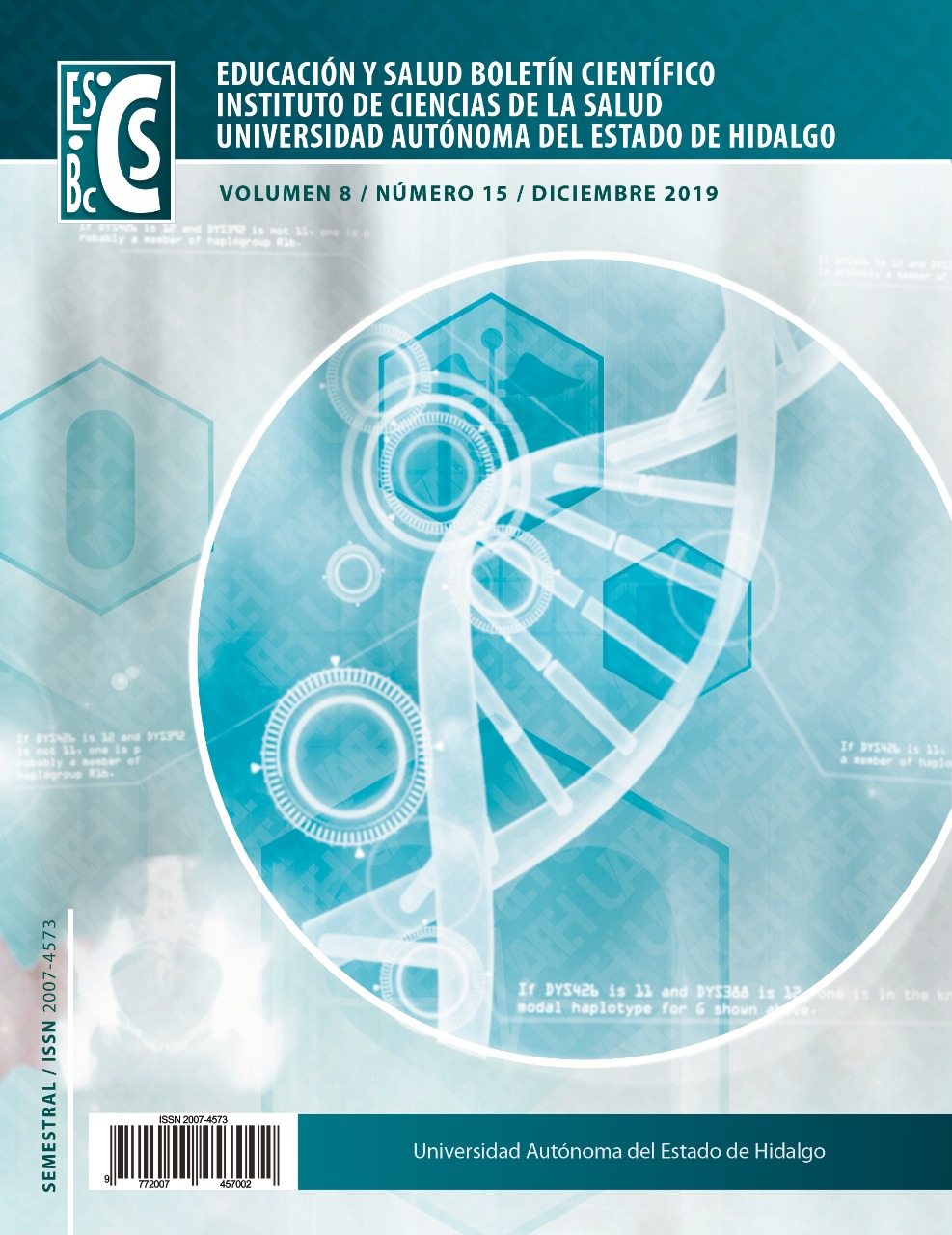Precision Nutrition for Dyslipidemias in HIV/AIDS
Abstract
The dyslipidemia associated with HIV/AIDS is multifactorial and constitutes a risk factor for the development of macrovascular complications: myocardial infarction and cerebrovascular disease, which affect the quality of life. At the beginning of the pharmacological treatments of patients with HIV/AIDS, dyslipidemias were associated with protease inhibitors (PI) and, later, with nucleoside reverse transcriptase inhibitors (NRTIs) and non-nucleoside reverse transcriptase inhibitors (NNRTIs). Evidence indicates that the use of these antiretroviral drugs increases the expression of the sterile regulatory element binding protein (SREBP) gene, which is regulated by the SREBP1 gene; thus, increasing the expression of lipogenic genes.
Precision nutrition is an approach that aims at the individualized nutrition of the patient where the phenotype, genotype and physical activity practices of the subject under evaluation are considered; the objective of this clinical case report is to characterize and describe a patient's dyslipidemia with HIV a precision nutrition approach based on the patient's particular conditions and the functioning of the SRBEP1 protein, which regulates the expression of genes involved in lipogenesis.
Downloads
References
OMS. Temas de salud: VIH/SIDA 2019. Recuperado de: https://www.who.int/topics/hiv_aids/es/.
Laslett LJ, Alagona P, Clark BA, Drozda JP, Saldivar F, Wilson SR, et al. The worldwide environment of cardiovascular disease: prevalence, diagnosis, therapy, and policy issues: a report from the American College of Cardiology. Journal of the American College of Cardiology. 2012;60(25 Supplement):S1-S49.
Jain RG, Furfine ES, Pedneault L, White AJ, Lenhard JM. Metabolic complications associated with antiretroviral therapy. Antiviral research. 2001;51(3):151-77.
Shamah-Levy T, Cuevas-Nasu L, Rivera-Dommarco J, Hernández-Ávila M. Encuesta Nacional de Nutrición y Salud de Medio Camino 2016 (ENSANUT MC 2016). Informe final de resultados. Recuperado de https://www.insp.mx/ensanut/medio-camino-16 html.
ML. G. Evaluation and management of dyslipidemia in patients with HIV infection. JGIM 2002;17:797-810.
Zangerle R SM, Gallati H, Reibnegger G, Wachter H, Fuchs D. Decreased plasma concentrations of HDL cholesterol in HIV-infected individuals are associated with immune activation. J Acquir Immune Defic Syndr 1994;7:1149-56.
Dubé MP, Stein JH, Aberg JA, Fichtenbaum CJ, Gerber JG, Tashima KT, et al. Guidelines for the evaluation and management of dyslipidemia in human immunodeficiency virus (HIV)-infected adults receiving antiretroviral therapy: recommendations of the HIV Medicine Association of the Infectious Disease Society of America and the Adult AIDS Clinical Trials Group. Clinical Infectious Diseases. 2003;37(5):613-27.
Riddle TM, Kuhel DG, Woollett LA, Fichtenbaum CJ, Hui DY. HIV protease inhibitor induces fatty acid and sterol biosynthesis in liver and adipose tissues due to the accumulation of activated sterol regulatory element-binding proteins in the nucleus. Journal of Biological Chemistry. 2001;276(40):37514-9.
Ferguson LR, De Caterina R, Gorman U, Allayee H, Kohlmeier M, Prasad C, et al. Guide and Position of the International Society of Nutrigenetics/Nutrigenomics on Personalised Nutrition: Part 1 - Fields of Precision Nutrition. Journal of nutrigenetics and nutrigenomics. 2016;9(1):12-27.
Horton JD, Bashmakov Y, Shimomura I, Shimano H. Regulation of sterol regulatory element binding proteins in livers of fasted and refed mice. Proceedings of the National Academy of Sciences. 1998;95(11):5987-92.
Kim JB, Sarraf P, Wright M, Yao KM, Mueller E, Solanes G, et al. Nutritional and insulin regulation of fatty acid synthetase and leptin gene expression through ADD1/SREBP1. The Journal of clinical investigation. 1998;101(1):1-9.
Elmadfa I, Kornsteiner M. Fats and fatty acid requirements for adults. Annals of nutrition & metabolism. 2009;55(1-3):56-75.
Camargo A, Meneses ME, Pérez-Martínez P, Delgado-Lista J, Rangel-Zúñiga OA, Marín C, et al. Dietary fat modifies lipid metabolism in the adipose tissue of metabolic syndrome patients. Genes & nutrition. 2014;9(4):409.
Volpe G, Skinner S, Gerrior-Schofield J, Zhang FF, Tang A, Kuvin J, et al., editors. A Randomized Controlled Trial of Omega-3 Fatty Acids in Human Immunodeficiency Virus (HIV): Long-Term Effects on Lipids and Vascular Function. Open Forum Infectious Diseases; 2016: Oxford University Press.
Jaggers JR, Hand GA. Health Benefits of Exercise for People Living With HIV: A Review of the Literature. American journal of lifestyle medicine. 2016;10(3):184-92.












